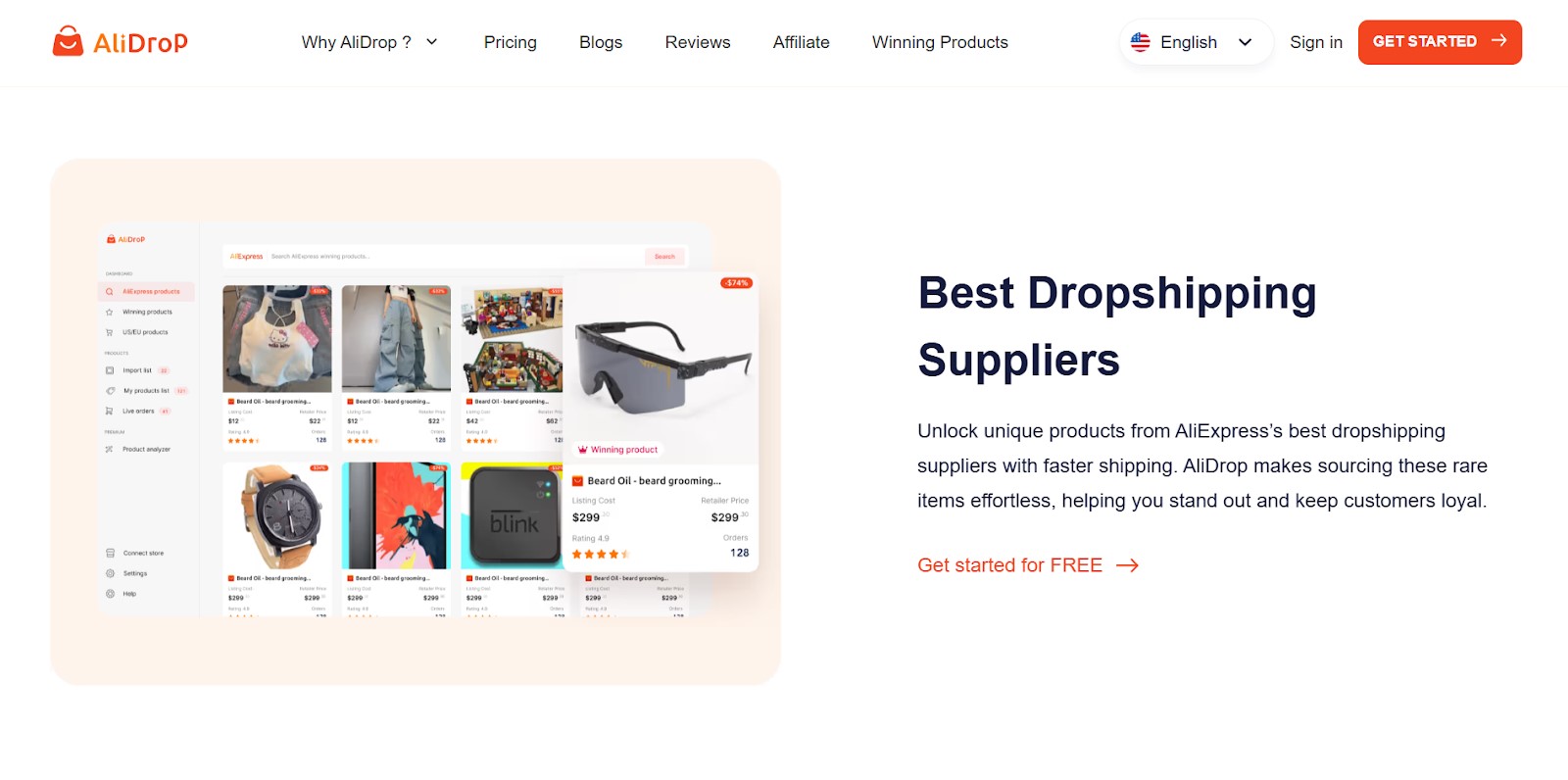Best SEO Practices to Increase Your Online Visibility

Strong 8k brings an ultra-HD IPTV experience to your living room and your pocket.
Search Engine Optimization (SEO)
Search Engine Optimization (SEO) is essential for growing your business’s digital footprint. By following the right strategies, you can enhance your website’s visibility, increase traffic, and secure higher rankings on search engine results pages (SERPs). However, SEO is always evolving, so staying up to date with current best practices is critical to maintaining an effective online presence.
Here’s a detailed look at some essential SEO best practices you can apply to strengthen your digital strategy.
1. Prioritize high-value content
Effective SEO always starts with quality content that engages and speaks directly to your audience. Search engines like Google prioritize content that addresses user needs or queries. To succeed, your website must offer valuable, informative content that reflects what your target audience is searching for.
Tips for Crafting high-value content:
Target User Intent: Make sure your content is aligned with the actual search queries of your audience, aiming to solve problems or answer questions.
Use Specific Keywords: Focus on long-tail keywords that are precise and capture searchers with particular needs. These keywords often result in higher conversions.
Keep Content Fresh: Regularly refresh older content to ensure it remains relevant. This indicates to search engines that your website is live and current.
By focusing on quality and relevance, you can engage users, retain their attention, and rank higher in search results.
2. Mobile Optimization for Higher Rankings
As Google uses mobile-first indexing, it’s vital that your website performs well on mobile devices. More than half of all web traffic comes from smartphones, so optimizing your site for mobile users is a must.
Best Practices for Mobile Optimization:
Implement a Responsive Design: Ensure your website dynamically adjusts to various screen sizes, providing an excellent experience for both mobile and desktop users.
Speed Up Page Loading Times: Compress images, reduce file sizes, and improve loading times to keep mobile users engaged.
Simple navigation: streamline the menu and make sure that buttons and links are easy to tap on smaller screens.
Making your site mobile-friendly can significantly improve the user experience and enhance your ranking, as search engines prioritize websites that perform well on mobile devices.
3. Improve User Experience Through Core Web Vitals
Core Web Vitals are important metrics Google uses to gauge the user experience on your website. These include key aspects like loading speed, responsiveness, and visual stability. A well-optimized website will score high on these metrics and be more likely to rank higher.
Key Web Vitals to Focus On:
Largest Contentful Paint (LCP): This measures how quickly your site loads its most significant content. Aim for a loading time under 2.5 seconds.
First Input Delay (FID): This evaluates how responsive your site is when users first interact with it. Keep this delay under 100 milliseconds.
Cumulative Layout Shift (CLS): This tracks how stable your layout is during loading. Avoid unexpected shifts that can confuse users.
By refining these elements, you create a smoother, more user-friendly experience, which search engines reward with higher rankings.
4. Strengthen internal linking for better navigation.
Effective internal linking helps both users and search engines navigate your website. By linking your content thoughtfully, you can direct visitors to important pages and help search engines discover and rank your best content.
How to Enhance Your Internal Linking?
Use Clear Anchor Text: Your links should be descriptive and give users a clear idea of the content they’ll find on the linked page.
Link to High-Priority Pages: Guide users to your key pages, such as product descriptions or high-performing articles, to improve visibility and engagement.
Avoid Overlinking: Keep the number of links on each page reasonable, focusing on those that add value to the user’s journey.
Strategic internal links create a better navigation experience for users and help search engines understand the structure of your site, leading to improved rankings.
5. Create short, descriptive URLs.
Having SEO-friendly URLs is crucial for making your website easier to navigate and rank. A clean, descriptive URL is better understood by search engines and users alike.
Best Practices for URL Structure:
Keep URLs Simple and Clear: Use brief, descriptive URLs that reflect the content of the page. For example, use "yoursite.com/seo-tips" rather than lengthy or cluttered alternatives.
Incorporate Keywords Naturally: Where relevant, include target keywords in your URLs without overloading them.
Use Hyphens for Readability: Separate words with hyphens instead of underscores to enhance readability for both users and search engines.
Well-structured URLs improve search engine understanding of your site’s content and make it easier for users to navigate.
6. Build quality backlinks for stronger authority.
Backlinks—links from other websites to yours—are a vital factor in how Google assesses the credibility and authority of your site. However, the emphasis today is on the quality, not quantity, of backlinks.
How to Build High-Quality Backlinks?
Create Shareable Content: Develop valuable resources like in-depth articles, research, or infographics that others will want to reference and link to.
Submit Guest Posts: Write relevant, high-quality articles for industry websites and blogs, including a backlink to your site within the content.
Build Relationships: Network within your industry to encourage organic link-building through partnerships or collaborations.
Backlinks from trustworthy sites give your site credibility and can substantially improve your ranking.
7. Implement structured data with schema markup
Schema markup is a form of structured data that makes your content easier for search engines to interpret. This can lead to enhanced listings like rich snippets, which provide users with more information directly in search results.
Benefits of Schema Markup
Higher Click-Through Rates (CTR): Rich snippets that display additional details like ratings or prices attract more clicks from search results.
Better Search Engine Understanding: Schema helps search engines identify and organize your content more accurately, increasing the likelihood of ranking higher.
By using schema markup, you improve the visibility and relevance of your content in search results.
8. Prepare for Voice Search Optimization
As voice search continues to grow, with people using assistants like Siri and Google Assistant, optimizing your content for voice search queries is increasingly important. Voice search often involves longer, more conversational queries, so adapting your SEO strategy to capture these searches can increase your reach.
How to Optimize for Voice Search?
Target Natural Conversational Phrases: Adapt your content to include long-tail keywords and conversational phrases that mirror how people speak.
Create FAQs: Structure your content in a question-and-answer format to match common voice search queries.
Focus on Local SEO: Many voice searches are local in nature, so optimizing for local search queries is critical.
Optimizing for voice search allows you to tap into a growing segment of users who rely on digital assistants for their search needs.
Conclusion
Implementing these SEO best practices can significantly enhance your website’s visibility and improve your search engine rankings. By focusing on high-quality content, mobile optimization, internal linking, and quality backlinks, you’ll create a well-rounded strategy that addresses both user experience and search engine preferences. Additionally, integrating schema markup and optimizing for voice search can help future-proof your site as technology evolves.
By taking these steps, you can improve your online presence, attract more traffic, and stay ahead in the competitive world of SEO.
Note: IndiBlogHub features both user-submitted and editorial content. We do not verify third-party contributions. Read our Disclaimer and Privacy Policyfor details.







